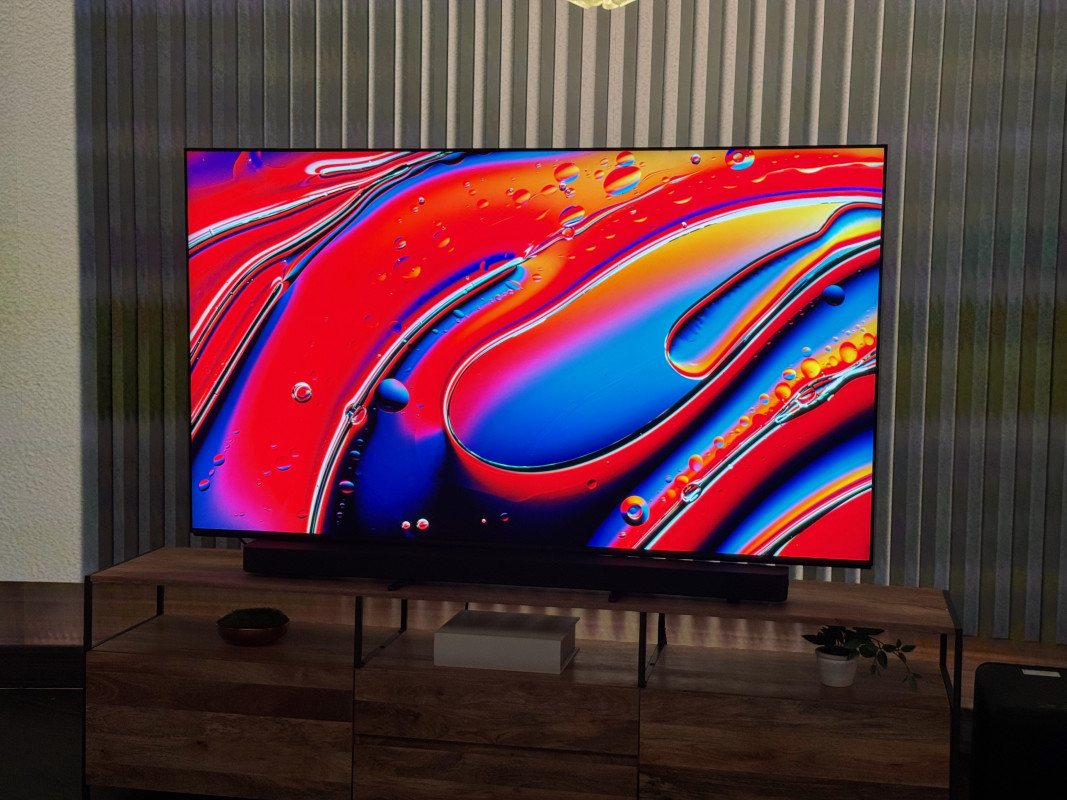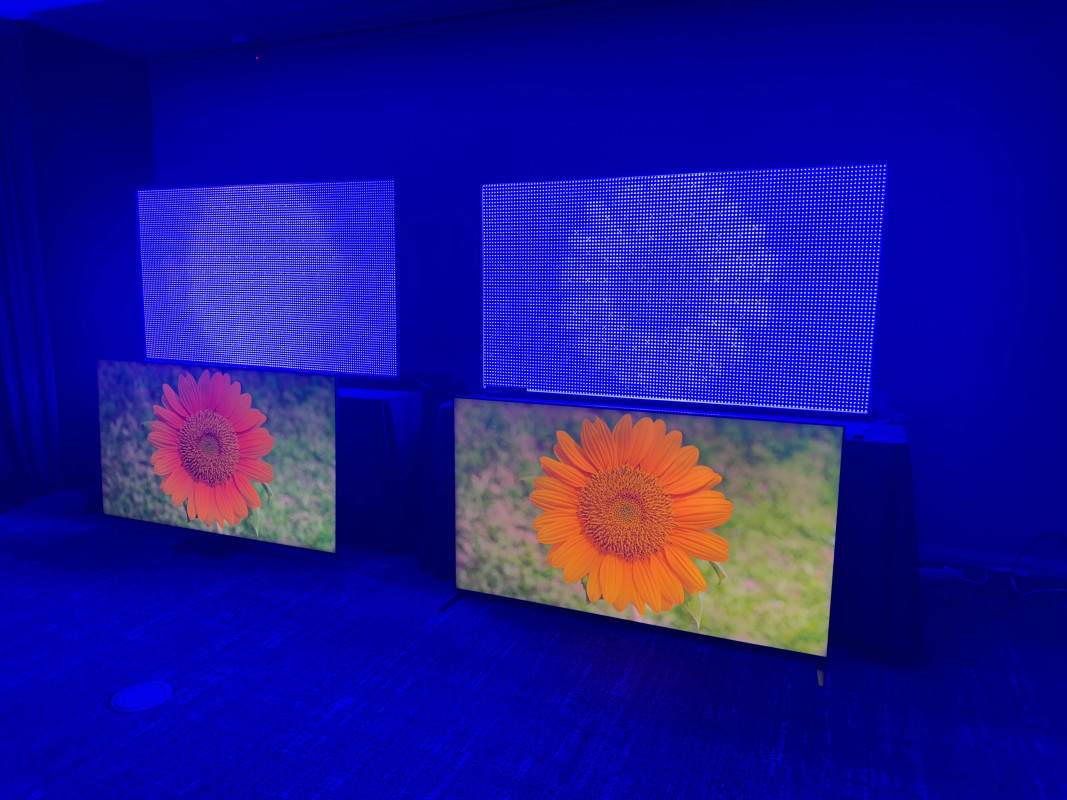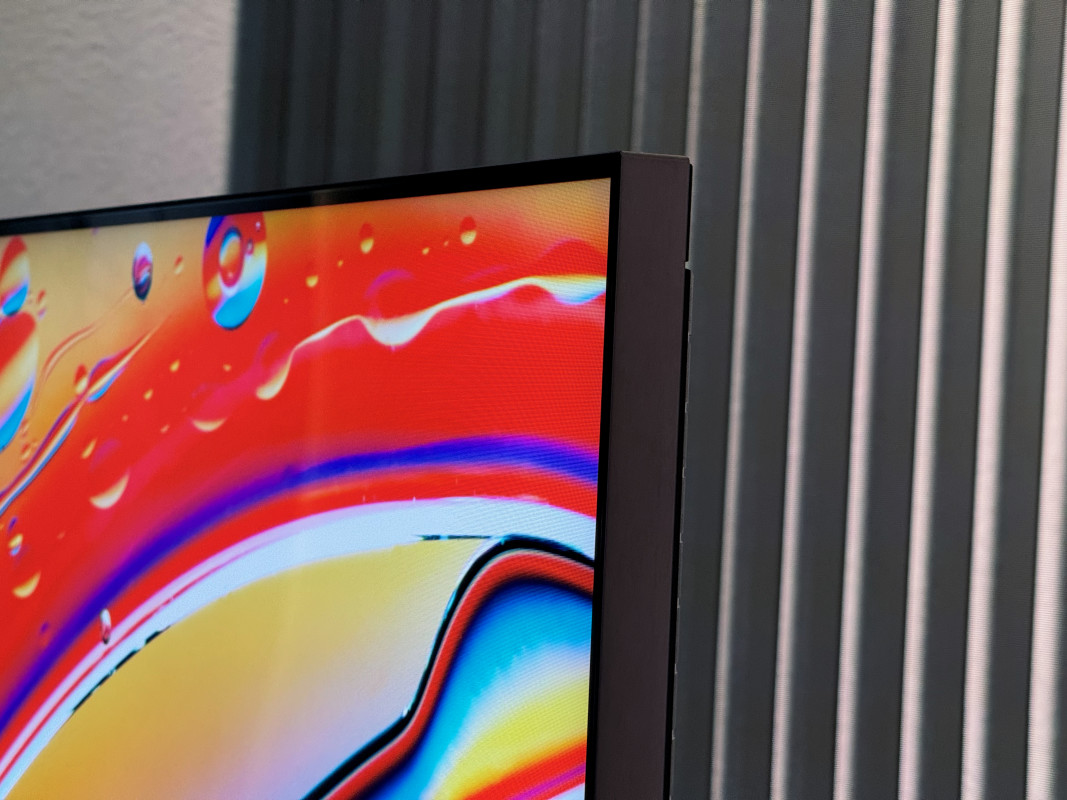
Fast Facts
- TheStreet's Jacob Krol had a chance to preview Sony's 2024 Bravia lineup of TVs and home audio products.
- The Bravia 9 — Sony's flagship Mini LED TV — looks like the model to beat thanks to better processing and more Mini LEDs inside.
Sony (SNEJF) has long been at the highest peak of premium TVs, and in recent years, the technology giant’s flagship TVs have been a tale of two: Mini LED and OLED. With the latter, 2023’s A95L is a stunning, immersive TV that is — in our eyes — still the best OLED on the market, and Sony agrees as it’s being renamed as the Bravia 8 and staying in the new lineup.
However, in the ongoing quest to stick with the creator's intent and the new mission of bringing cinema home, Sony’s brand-new Bravia 9 is getting all the attention and has delivered impressive first impressions in our hands-on time. It also signals a major investment in Mini LED, something that we caught wind of when TheStreet spent time with an early prototype from Sony.
Related: Here’s what Sony's Mini LED prototype means for the future of TVs
The Bravia 9 is Sony's leading 2024 Mini LED TV and the brightest TV it's ever made, with more control over creating and crafting immersive visuals thanks to the leaps in terms of miniature LEDs and the drivers that control them. Sony filled the Bravia 9 with the world’s smallest mini LED drivers and physically smaller mini LEDs — it offers 325% more local dimming zones than 2023’s X95L and gets 50% brighter.
So yes, it’s more mini LEDs, but it’s also greater control over them. As Sony demonstrated on the prototype, we saw the Bravia 9 at just the backlighting layer to physically see how each mini LED is controlled and the gradation that each individual can create. For starters, the new driver controls the mini LEDs on a 22-bit bandwidth versus the 8 to 10-bit standard, which affords Sony and the processor more minute levels between super dark and super bright. I saw the same footage being processed on the Bravia 9 and a competing model from another brand, and just watching the Mini LEDs work shows the level of detail and presentation that the Bravia 9 can offer.

Jacob Krol/TheStreet
Since Sony can be more precise and granular when creating the image, it can represent the original work and ensure an immersive experience for the viewer at home. With a demo of a particularly bright sky, the Bravia 9 doesn’t clip or bloom and still shows gradation levels of the sun casting over a white cloud. And it’s really the key advancement of the mini LED and drivers alongside Sony’s processing technique that creates a compelling image. In the sample footage I got to watch, the Bravia 9 was able to show a broader range of colors without clipping and blooming, as well as showing it on an incredibly wide field of view. This means that the visuals won't look as skewed if you’re watching from the side or an off-angle.
The Bravia 9 is true competition for Samsung’s Neo QLED mini LED-powered TVs. It’s also coming out of the box as a more power-efficient model and a TV that could let you save on energy. Tthat’s thanks to more control over the Mini LEDs, and it’s reflected in a new energy-saving panel built into the smart interface. Sony is still leading the pack with a Google TV interface and support for Apple Home, AirPlay, and even Amazon Alexa. Out of the box, there is a dedicated picture mode for streaming content on Prime Video — it kicks in automatically and optimizes the picture quality for your specific space. Pretty neat and powering it all will be Sony’s XR Processor.
Related: Sony Ult Wear Review: Bringing the oomph with long battery life
Lastly, the Bravia 9 also succeeds at looking like a modern TV and offers some upgrades in the audio department. Built into the TV's titanium silver frame are beam tweeters for a more full audio experience that can also place sound better spatially around. The Bravia 9 still features side tweets as well. In terms of visuals, you’ll mostly be attracted to what’s on screen thanks to thin bezels all around and a stand that can be set in two positions.

Jacob Krol/TheStreet
So, let’s talk price—Sony TVs typically don’t play in the value space, and the Bravia 9 is a flagship Mini LED TV in every way. It starts at $3,299.99 for the 65-inch, $3,999.99 for the 75-inch, and $5,499.99 for the 85-inch.
The Bravia 9 will be available alongside the QD-OLED Bravia 8 in the coming weeks, but it will also be joined by the Bravia 7 and the Bravia 3. The Bravia 7 is still a Mini LED with slightly fewer zones and a more affordable price at $1,899.99 (starting), while the Bravia 3 is the entry-point as an LED-powered option that starts at just $699.99.
Related: Veteran fund manager picks favorite stocks for 2024








